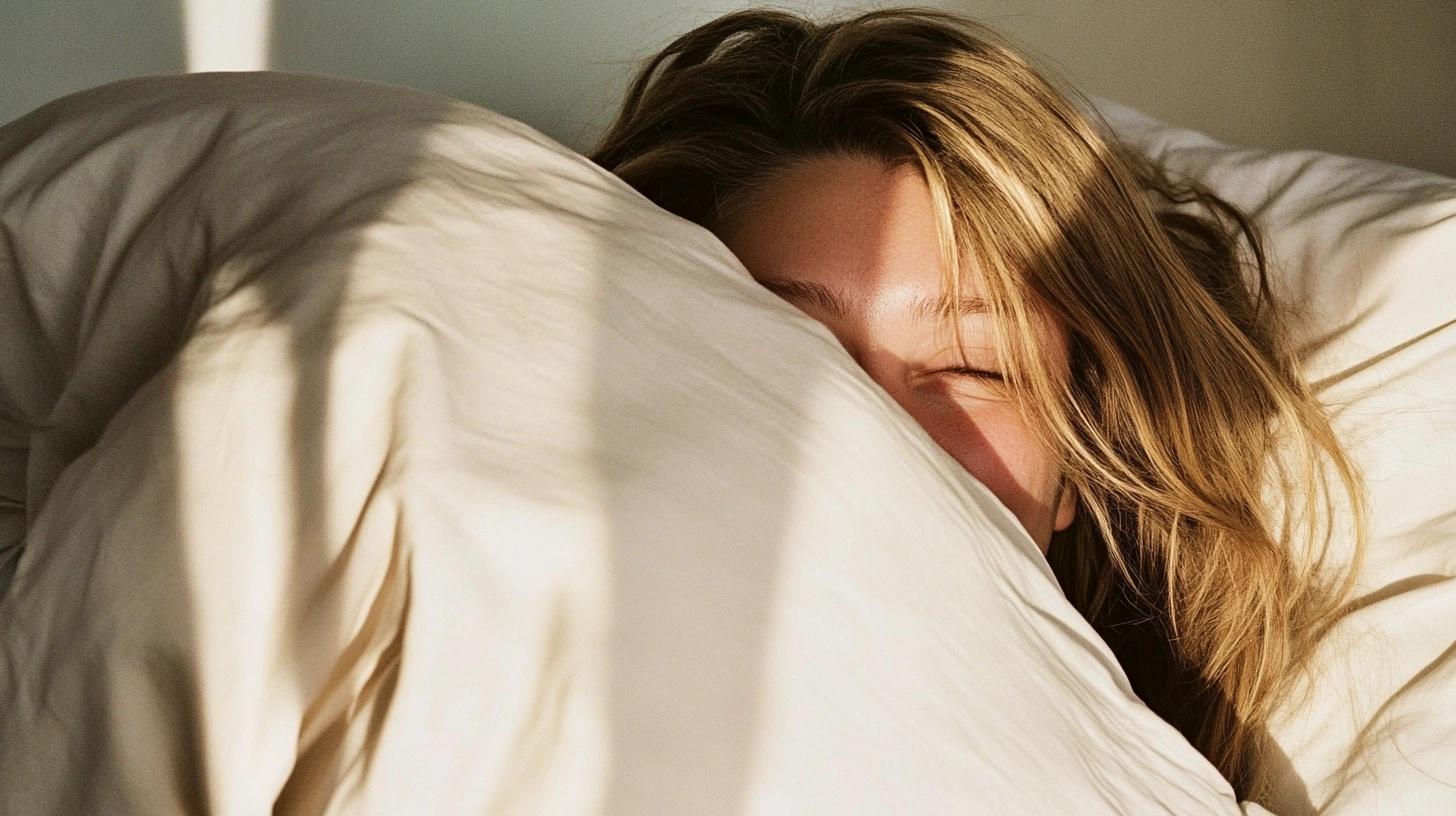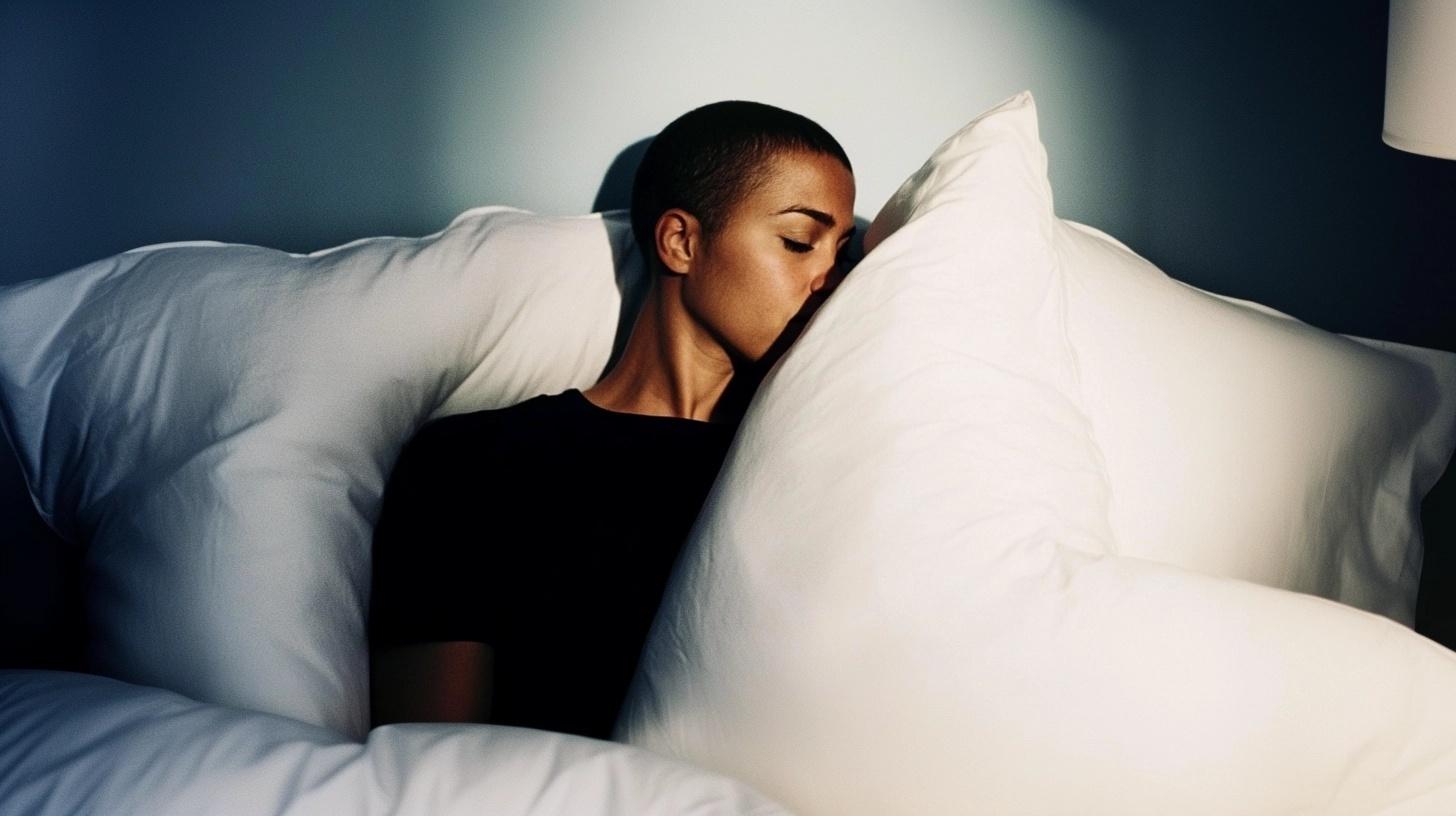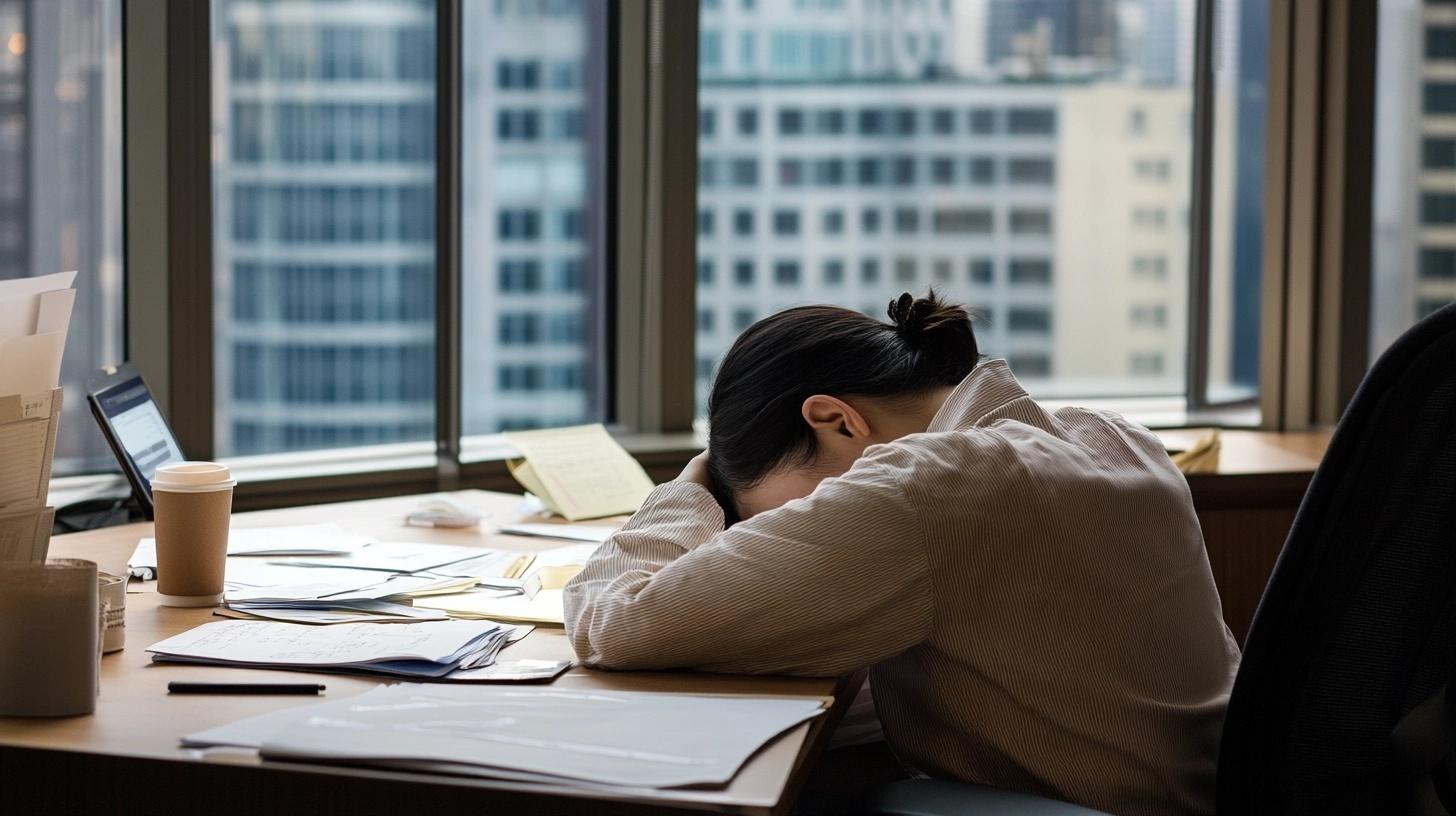How to use light to reset your circadian rhythm
Published

The sleep-wake cycle is regulated by the body’s internal 24-hour clock – the circadian rhythm. But spending too much time indoors may be disrupting it. The solution? Go outside, get exposed to daylight and get your daily dose of vitamin D.
How light impacts our circadian rhythm and, consequently, our health
Light is the strongest mechanism we have for synchronizing our internal body clocks with the world around us. But our everyday lives, which are often spent indoors in dim artificial light, easily throw our natural circadian rhythm out of sync.
This isn’t only affecting our sleep. Researchers have shown as many as 73 traits – from alertness to strength – wax and wane depending on the time of day. Our mood also seems to be affected by the amount of light we’re exposed to. Recent research shows that our ipRGCs – the cells that help regulate our internal sleep cycle – also connect to the thalamus, an area of the brain related to our mood.
While a one-off disruption to our sleep-wake cycle may typically leave us feeling less alert or sleepy during the day, a long-term breakdown of the circadian rhythm can lead to more serious health consequences. All in all, dozens of diseases from cardiovascular dysfunction, to immune dysregulation and reproductive problems are all linked either directly or indirectly to circadian disruption.
How can you reset your circadian rhythm with light?
Here are two of the best ways you can adjust the light in your life to help bring your natural sleep cycle back into sync:
- Spend a bit more time outdoors or close to a source of natural sunlight.
- Try a bedtime routine that involves gradually darkening your sleep environment.
1. Sunlight and your circadian rhythm
The circadian rhythm is an internal timing system that is thought to have originated in the earliest organisms on Earth, who developed it to protect their DNA from the Sun’s UV radiation. Sunlight is still the most important mechanism that helps sync our internal body clock to the outside world. As the days get longer in the spring, for example, the light-sensitive ipRGC cells in our eyes detect and respond to this change.
But present-day lifestyles are disrupting our natural circadian rhythm by changing how much light we are exposed to. A key difference is the amount of time we now spend inside. This can disturb our circadian rhythm because although indoor environments can seem pretty bright, artificial indoor lighting is often much weaker than we perceive it to be. While a typical classroom, office or hospital setting provides a light intensity that is between 150 and 1,000 lux, being outside on a sunny day can mean being exposed to light that is 10 to 1000 times brighter!
Indoor vs. outdoor lighting
The difference in brightness between indoor and outdoor environments is not always obvious because the parts of our eyes that relate to vision are very good at adjusting to different light levels. Meanwhile, the circadian-regulating ipRGC cells in our eyes are highly sensitive to this difference.
Luckily, one of the best remedies is also a simple one: daylight. A study from 2017, for example, showed that people who spent more time in the circadian-effective morning light took less time to fall asleep and had fewer sleep disturbances.
Sunlight in winter
If you live in higher latitudes (Nordic countries, Alaska or northern Canada, for example) it might be a challenge to get sufficient sunlight during winter due to less daytime hours or cloudy weather. As a consequence, you might feel more tired than usual or start suffering from what is called seasonal affective disorder (SAD), otherwise known as “winter blues” or “winter depression”. In order to get more light to prevent or avoid this disorder, using lamps that emit certain brightness and mimic sunlight can be helpful.
2. Timing of light helps your body clock
For our circadian system, the timing of light exposure matters too. The best time to be outside in natural light, for example, is in the early parts of the day. That’s in part because ipRGC cells are especially sensitive to blue light, which is more prevalent during early daylight hours – the Sun’s rays shift to a redder light spectrum in the evening. Research has demonstrated that increased exposure to blue-enriched morning lighting improves both alertness and reaction speeds.
On the other hand, being exposed to bright light late in the evening suppresses the body’s production of the sleep-promoting hormone melatonin. So walking through a brightly lit grocery store in the evening, for example, may make it harder to fall asleep later. Or, as we know, the light emitted from our cell phones can also negatively affect our sleep.
Indeed, darkness at night is essential to a good night’s sleep. Studies of people in areas with high levels of light pollution (excessive use of outdoor artificial lighting) show that they tend to go to bed later and wake up later in the morning. The time they spend sleeping tends to be shorter and they report feeling more tired during their day.
A bedtime routine that involves gradually darkening your environment can help:
- Try dimming the lights and using table lamps instead of overhead lights.
- Turning off large screens such as your computer, TV or iPad can also help.
- Thick, full-length curtains, window shutters or even an eye mask can help create a darker environment for better quality sleep.
Understand your circadian rhythm with Sleep Cycle
Adopting better sleep habits with a focus on the timing of your sunlight or daylight exposure will help you reset your circadian rhythm when you feel your bedtime and wake-up time are disrupted. However, it can already have had a severe health impact, before we notice our internal body clock is suffering from this misalignment. The Sleep Cycle app can help you understand your sleep patterns, and the habits that influence them and provide tailored guidance on what you can do to improve your rest and recovery – before it is too late. Gain insight into your own sleep for one week for free.




